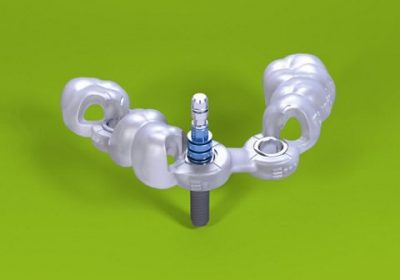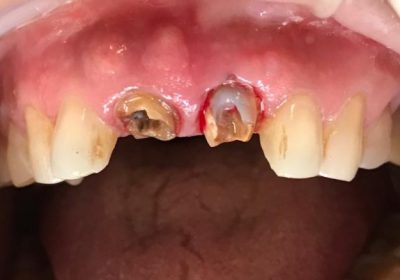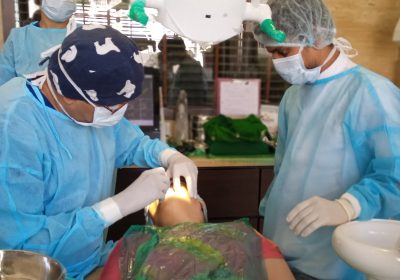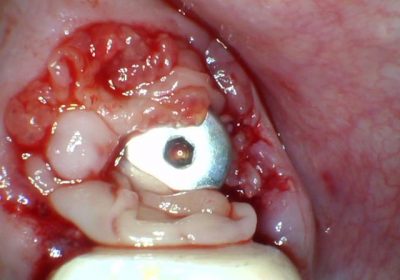Computer Guided Implant Surgery
Computer-guided dental implants: also known as computer-assisted implant placement or guided implant surgery, are an advanced and precise technique used in the field of dentistry for planning and executing dental implant procedures. This innovative approach combines computer technology, 3D imaging, and surgical precision to ensure optimal results and patient safety. Here are the key points to understand about computer-guided dental implants: **1. 3D Imaging and Digital Scanning:** - The process begins with the acquisition of high-resolution 3D images of the patient's mouth, typically through cone-beam computed tomography (CBCT) scans. - Digital impressions and scans are taken to create a detailed virtual model of the patient's oral anatomy. **2. Virtual Treatment Planning:** - Using specialized software, the dentist or oral surgeon precisely plans the implant placement based on the 3D images and digital models. - Factors such as bone density, available space, and the desired position of the implants are considered during the planning phase. - The software allows for precise measurements and adjustments to ensure the best outcome. **3. Surgical Guide Fabrication:** - A surgical guide or template is created digitally based on the treatment plan. - The guide is typically a custom-made, clear, or tooth-colored appliance that fits over the patient's teeth or dental arch. - It serves as a template during surgery, providing guidance for the exact placement of the dental implants. **4. Minimally Invasive Surgery:** - During the actual implant surgery, the surgical guide ensures that the implants are placed with a high degree of accuracy and minimal trauma to the surrounding tissues. - The dentist follows the pre-determined plan, using the guide to position the implants precisely. **5. Benefits of Computer-Guided Implants:** - Enhanced Precision: Computer guidance minimizes the margin of error, leading to more accurate implant placement. - Reduced Discomfort: Minimally invasive techniques often result in less post-operative pain and quicker recovery times. - Predictable Results: Patients can have confidence in the predictable and successful outcomes of the procedure. - Shorter Surgery Times: Computer-guided surgery is often quicker than traditional implant placement, reducing the time spent in the dental chair. **6. Post-Operative Care:** - After implant placement, patients are provided with specific post-operative care instructions and a follow-up plan. - Regular check-ups and maintenance are essential to monitor the healing process and ensure the long-term success of dental implants. In summary, computer-guided dental implant placement is a cutting-edge technique that leverages digital technology and 3D imaging to plan and execute dental implant surgeries with a high degree of precision. This approach offers numerous benefits, including improved accuracy, reduced discomfort, and predictable outcomes, making it an attractive option for both patients and dental professionals. If you are considering dental implants, consult with an experienced dentist or oral surgeon to determine if computer-guided implant surgery is suitable for your specific needs. Computer-Guided Implant Surgery is revolutionizing the way Implants are done in the mouth. The Procedure is done with Minimum Invasions; that is flapless with a kind of Keyhole Surgery. There are No Sutures given. There is Minimum Bleeding or surgical trauma as the whole procedure is extremely conservative, Implant Positions are determined pre-operatively by the use of highly advanced software.CT Scans and 3D Intra Oral Scanning are done with 3 Shape Intra Oral Scanner. A 3D Surgical Stent is created to determine the exact positions of the Implants. A Specialized Computer-Guided Kit is used to carry out the procedure. This results in almost uneventful healing. A lady is fed up with her partial Denture. She was finding it very difficult to chew with her old Dentures, The Dentures were loose and unstable. After a thorough examination, it was decided to carry out all 5 Implants Digitally with Computer-Guided Implant Protocols. The results were very satisfying. There was no swelling or pain. This resulted in the patient going back to work the very next day.




